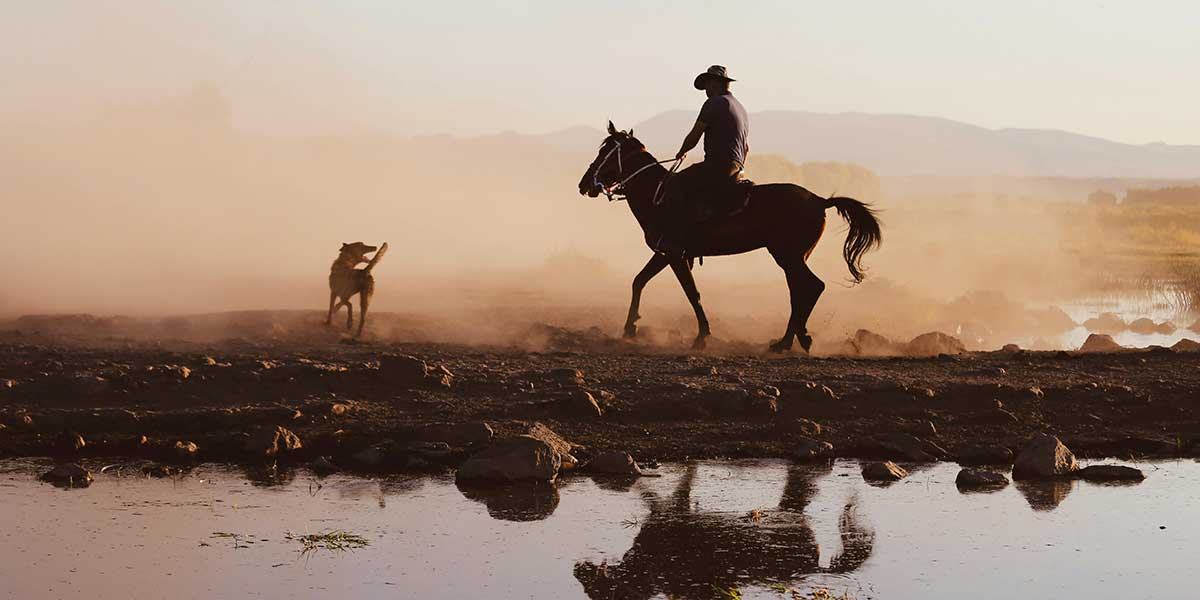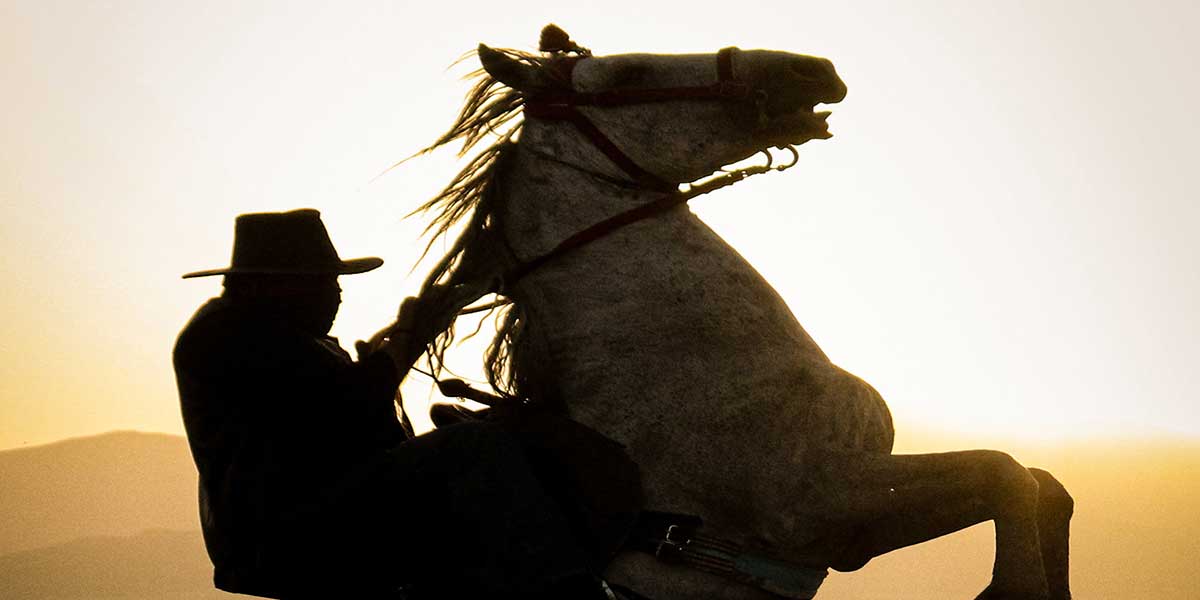When you visit our Hawaii bed and breakfast the last thing you think of on the Big Island of Hawaii is seeing cowboys, finding a great steak or burger, or seeing cattle farming. Waimea in the north of the Big Island has a long history with the Hawaiian cowboy.
When you think of cowboys, your mind might immediately conjure images of rugged individuals riding horses across the vast American prairies, herding cattle, and living a life of adventure in the Wild West. While this iconic image is undeniably a part of cowboy culture, it’s not limited to the continental United States alone. In the tropical paradise of Hawaii, there exists a unique and lesser-known breed of cowboy known as the “Paniolo.”
The history of Hawaii’s cowboys, or Paniolo, is a fascinating tale of cultural fusion, adaptation, and a deep connection to the land. Let’s take you on a deep dive into the rich history and enduring legacy of the Paniolo, exploring their origins, the challenges they faced, their distinctive attire and horsemanship, and their contribution to the unique tapestry of Hawaiian culture.

Origins of the Paniolo
To understand the history of the Paniolo, we need to rewind to the early 19th century when cattle first arrived on the Hawaiian Islands. In 1793, British navigator George Vancouver gifted cattle to King Kamehameha I, who saw the potential for these animals in Hawaii’s lush, fertile lands. With no natural predators, cattle quickly multiplied and roamed freely throughout the islands.
It wasn’t until the 1830s that cattle began to pose a problem for the islands’ ecosystems. To control the booming cattle population, King Kamehameha III appointed Richard Charlton as the Kingdom’s first consul in 1825. Charlton introduced the idea of hiring Mexican vaqueros (cowboys) to help manage the wild cattle. These skilled horsemen brought their knowledge of cattle ranching, roping, and riding to the islands, significantly influencing the birth of the Paniolo tradition.
The Mexican vaqueros played a crucial role in teaching Hawaiians the art of cattle ranching. They introduced lariats, saddles, and other essential tools and techniques for handling cattle. The Hawaiians, in turn, adapted these methods to suit their unique environment and needs. This cultural exchange laid the foundation for what would become the Paniolo way of life.
Challenges and Adaptation
The life of a Paniolo was not without its challenges. While the lush landscapes and pleasant climate of Hawaii may seem idyllic, they presented their own set of obstacles for cattle ranching. The dense vegetation and uneven terrain of the islands made herding cattle a complex task. Paniolo had to adapt their skills to navigate this challenging environment.
The distinctive attire of the Paniolo also evolved to suit the Hawaiian climate and ranching conditions. While they retained elements of the vaquero style, such as wide-brimmed hats and leather boots, Paniolo attire incorporated lighter fabrics and colorful prints, reflecting the influence of Hawaiian culture. This fusion of styles resulted in a distinctive cowboy look that is still celebrated today.
Paniolo Horsemanship
The Paniolo are renowned for their horsemanship, which is a testament to their deep connection with their horses. These skilled riders had to be versatile and agile, as they worked in challenging conditions that demanded precision and control. They trained their horses in the sea water, in the past cattle would be loaded by water. The cowboys would swim three cattle out to a waiting boat and then swing the cattle up onto the deck.
One of the most impressive displays of Paniolo horsemanship is the traditional Hawaiian rodeo known as “Pā’ū.” In this event, riders compete in colorful garments while showcasing their riding skills and control of the horse. The Pā’ū is not just a competition but a celebration of Paniolo culture, and it continues to be a cherished tradition in Hawaii.

Legacy and Cultural Impact
The Paniolo tradition has left an indelible mark on Hawaiian culture and history. It represents a fusion of different cultures and the ability to adapt and thrive in a unique environment. Beyond ranching, the Paniolo contributed significantly to the islands’ cultural identity.
One of the most iconic Paniolo figures in Hawaiian history is Ikua Purdy, and inductee into the National Rodeo Hall of Fame. Ikua was a native Hawaiian cowboy who gained fame by winning the World’s Steer Roping Championship in 1908. His victory not only brought recognition to the Paniolo but also shattered stereotypes about their abilities compared to their mainland counterparts.
Today, Paniolo culture is celebrated through various events and festivals, such as the Paniolo Parade usually held in September and the Honoka Western Week (May). These gatherings showcase the rich traditions of the Paniolo, including their horsemanship, roping skills, and deep connection to the land.
The Paniolo legacy extends beyond the ranching community. Their contributions are evident in the language, cuisine, and art of Hawaii. The Hawaiian word for cowboy, “Paniolo,” is a testament to their enduring influence on the local culture.
The history of Hawaii’s cowboys, the Paniolo, is a captivating story of cultural exchange, adaptation, and a deep-rooted connection to the land. These skilled horsemen forged a unique cowboy tradition in the tropical paradise of Hawaii, blending elements of Mexican vaquero culture with the beauty and challenges of the islands.
As you travel around the Big Island, plan to spend some time in the Waimea area. Many of the old farms offer historic tours, horseback rides, or ATV adventures. Plan to visit a working ranch on your Hawaii vacation and experience a unique history and panililo way of life

